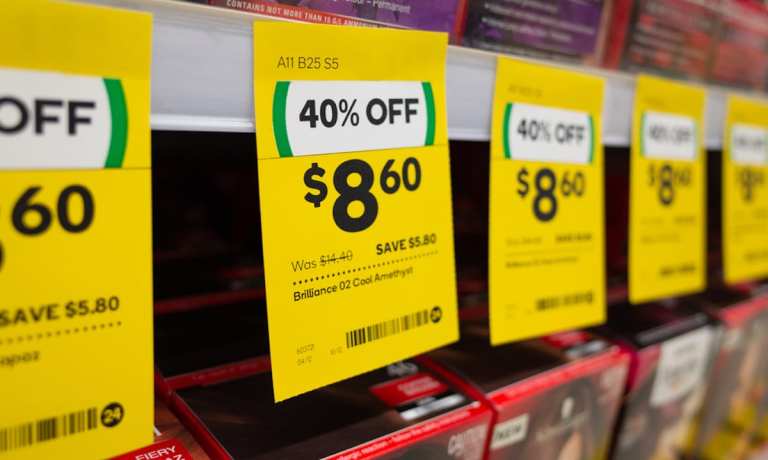
It could be argued that within the complex calculus of variables that influence a consumer’s retail buying decision — be it quality, availability, brand loyalty or myriad other considerations — price reigns supreme.
While the process and motives involved in finding the right price are as differentiated as the retail landscape itself, it’s an issue that has suddenly been cast in the spotlight as merchants and marketplaces of all shapes and sizes are increasingly trying to figure out the best way to offset a swirl of rising costs.
But with the help of advanced data analytics and artificial intelligence (AI), the science of price optimization has never been more sophisticated or in demand.
“One of the myths about price optimization is that it’s just a profit play, that you just increase prices, but that is categorically not what we do,” said Matthew Pavich, managing director of global strategic consulting at Revionics, an Atlanta-based price optimization platform that was acquired by Aptos last summer and whose clients use its AI guidance and pricing expertise on an estimated $400 billion of retail sales each week.
“We meet retailers where they’re at. If they want to grow market share and revenue, we can optimize for market share and revenue, or we can drive balanced growth. Depending on the client, we often suggest more price decreases than increases, which can be really powerful when you’re trying to gain share in a tough economy,” Pavich added.
In Search of the Optimal Price
Given the breadth of products, price points, geographies and omnichannel venues available across the retail spectrum, it’s no wonder that companies such as Sally Beauty have recently adopted Revionics’ AI solution to guide their pricing strategy.
“We’re always looking for ways to drive our business forward with proven solutions,” said Pamela Kohn, senior vice president and chief merchandising officer at Sally Beauty Holdings, adding that the cosmetics retailer sought to leverage AI and advanced analytics to improve its pricing and promotional decisions.
From Pavich’s purview, since no two retailers are alike, it only makes sense to use dynamic pricing data that also improves over time. “The thing that’s nice about AI is we know inherently that when [a retailer faces] a cost increase on 100 items, the right solution is not to increase the price of every item,” he explained. “The other thing is, every week [our pricing platform] gets smarter. So you launch a product at a price, and maybe you learn something the first week, and then a second week goes by, and you’re starting to identify things. With each week, the model gets smarter, and you’re able to make better pricing decisions.”
The decision to increase, decrease or hold steady is truly the “secret sauce” of price optimization, a process Pavich described as a combination of common sense merchandising practices and AI pricing science. When it comes to discovering the optimal price of a product, he said, “for us, it’s all about the balance.”
Current Price Trends
There’s a lot going on in the world of retail pricing right now — and given that cost increases and competitive changes are among the most common reasons that retailers change prices, Pavich said, the best way to “win the war on price perception” is to have as much information as possible.
“This is why it’s good to have an advanced solution in front of you, which is to say, raise prices here, lower prices there,” he explained. “This is how everyone wins in the end.”
As much as the strategy for a retailer’s in-store versus online pricing may (or may not) differ, similar nuances can be seen throughout the industry. “A gallon of milk in a convenience store is going to have a completely different pricing strategy than a gallon of milk in a grocery store,” Pavich said, noting that trendy retail tactics such as product drops or limited-edition offers pose a unique set of pricing challenges. “I think it goes without saying that it’s easier to forecast a can of beans and how it’s going to sell and what price it should be than it is to price a new, trendy, cutting-edge product that the market has never seen before.”
As far as the macro pricing environment is concerned, Pavich agreed that it looks like we’re on the cusp of a surge in retail price changes. “At the end of the day, margins are razor-thin for some retailers, and the shift to more online sales has also impacted things,” he noted.